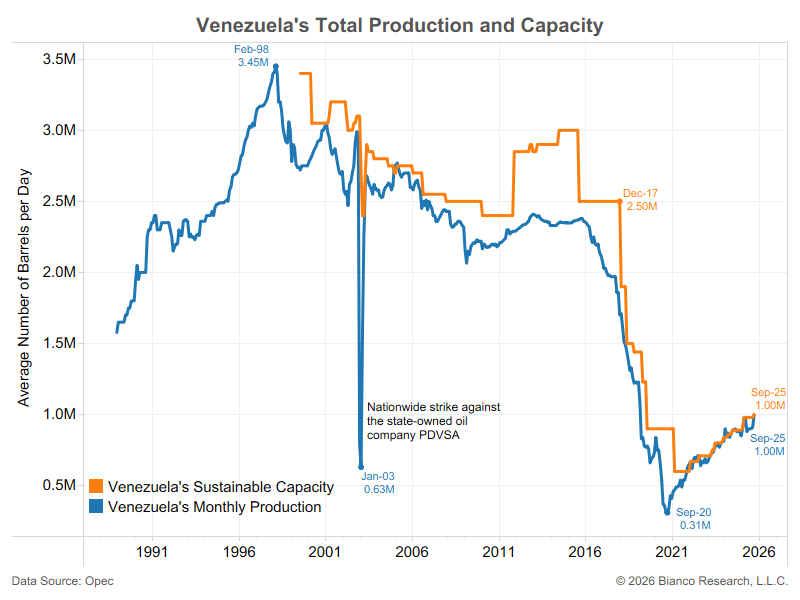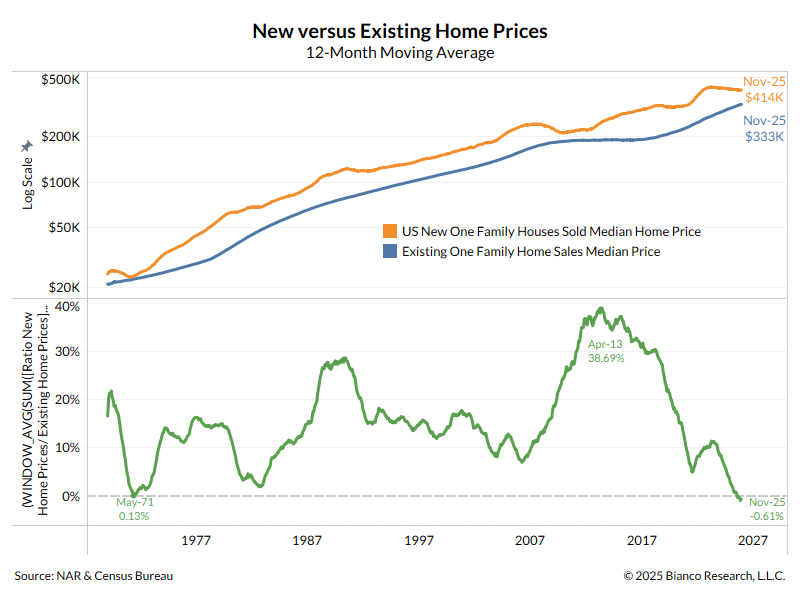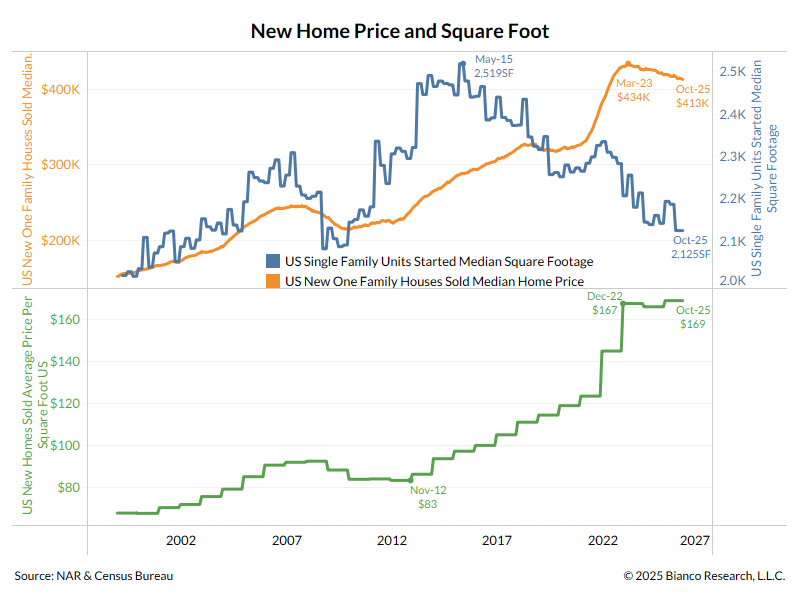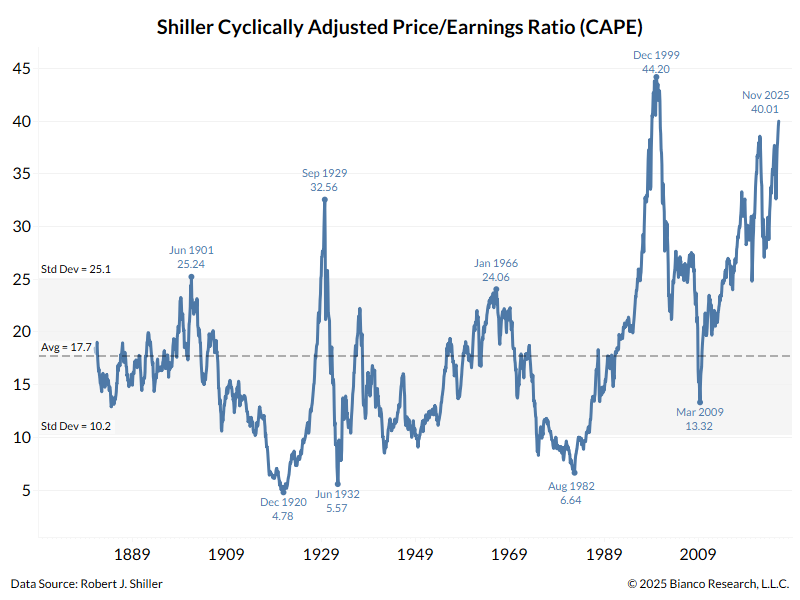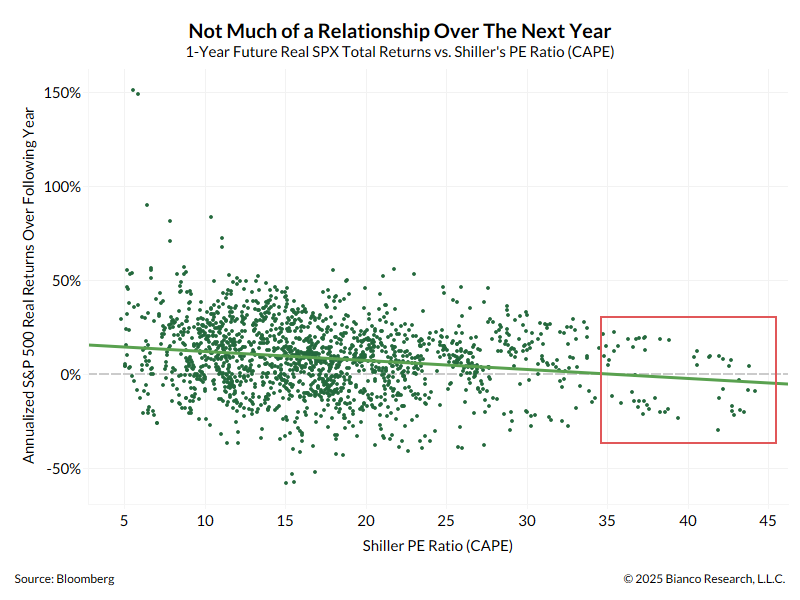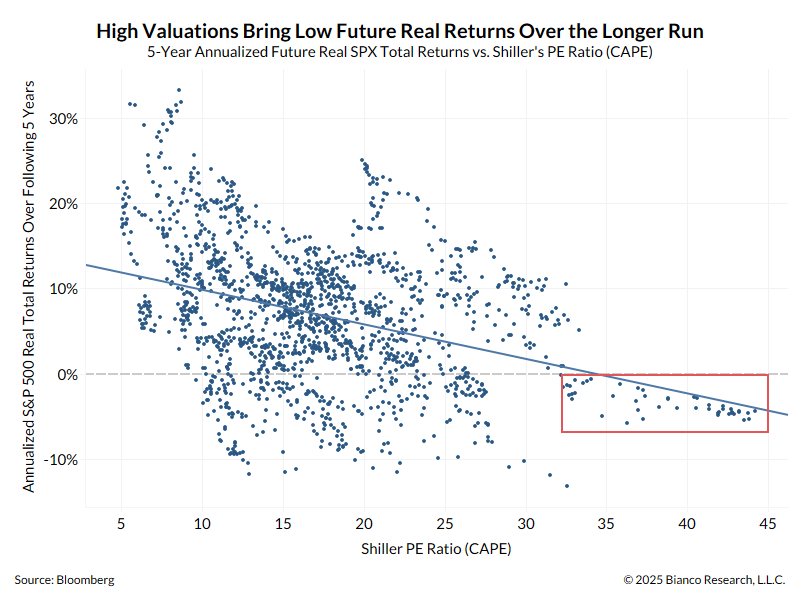ft.com/content/98ae29…
The survey by UK pollster Survation found that 60 percent of 91 investment professionals polled in September, most based in the US, believe Mr Biden will win the upcoming matchup slated for November 3.
(1/4)
The survey by UK pollster Survation found that 60 percent of 91 investment professionals polled in September, most based in the US, believe Mr Biden will win the upcoming matchup slated for November 3.
(1/4)
We have argued investors view the election in the same way the betting market views it.
As highlighted above, 60% of investors think Biden will win. This is nearly identical to what the betting markets have discounted.
@PredictIt
(2/4)
As highlighted above, 60% of investors think Biden will win. This is nearly identical to what the betting markets have discounted.
@PredictIt
(2/4)

These probabilities are not close to how the poll analyzers see it. @FiveThirtyEight gives Biden a 77% chance of winning. The @ECONdailycharts models give Biden an 85% chance of winning.
projects.economist.com/us-2020-foreca…
projects.fivethirtyeight.com/2020-election-…
(3/4)

projects.economist.com/us-2020-foreca…
projects.fivethirtyeight.com/2020-election-…
(3/4)


While both polls and betting markets are pricing in a Biden victory, their odds of that outcome vary quite a bit. Investors skew closer to the betting markets.
In other words, we do not believe the markets have strongly priced in an election outcome one way or the other.
(4/4)
In other words, we do not believe the markets have strongly priced in an election outcome one way or the other.
(4/4)
• • •
Missing some Tweet in this thread? You can try to
force a refresh


